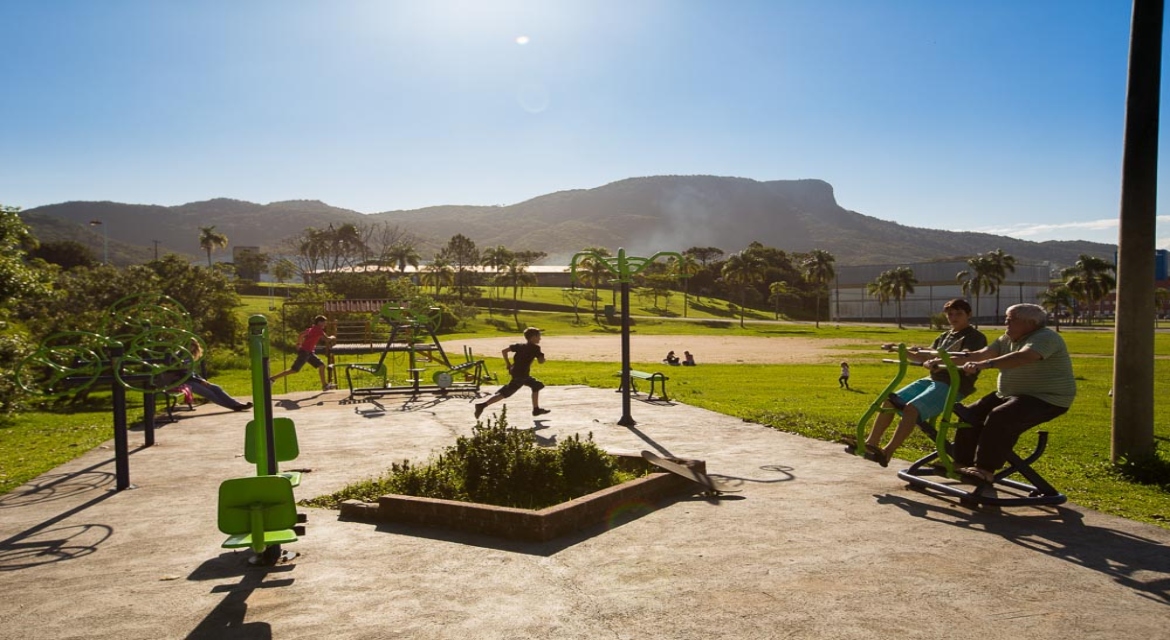All sectors of the economy were affected by the new coronavirus. Faced with the challenging scenario imposed, cities of the future need to adapt to the current context, taking into account several factors, such as: environmental preservation and sustainable urban development.
More than half of human beings today live in cities, projections indicate that this number should increase to 70% by 2050. To solve the biggest global challenges, cities must be planned to address people’s needs and provide a better quality of life, using technology as an ally to optimize spaces and resources, promoting a sustainable economic development in the region.
Find out what initiatives cities of the future must take to adapt in the post-pandemic world.
Cities of the future: trends adopted in the post-pandemic world
Encouraging active mobility
Urban planning actions to bring home and work closer together, encouraging active mobility and the practice of physical activities through adequate infrastructure for walking, cycling and other modes is one of the main trends in the post-pandemic world. By making the city less dependent on automobiles, it is possible to feel the benefits of this initiative, either by reducing the number of deaths from traffic accidents or by improving air quality in cities due to the isolation measures imposed, which reduces the circulation of cars in the cities streets and, consequently, reduces air pollution.
Valuing shared living spaces
The emptying of public spaces due to the quarantine and social distance measures imposed by the pandemic, highlighted the importance of valuing shared living spaces that promote exchanges between people and the cultural construction of a community, which only these spaces are capable of promoting.
Although the home office and distance learning are considered trends that have come to stay in the post-pandemic world, the appreciation of public spaces will be of extreme importance in the resumption of community life and the maintenance of public spaces, and especially, open environments must be adapted to the activities. Several cities in the world have already implemented policies to expand areas for pedestrians and cyclists. Thus, it will be feasible to mitigate the environmental, social and economic impacts of the pandemic, making cities more intelligent and sustainable.
Investment in sustainable architecture
The intense urbanization process that we must continue to face in the future can generate several problems, such as air pollution, high volume of solid waste, more probability of flooding, among others. To try to prevent catastrophes as a result of these events from occurring, it will be necessary to adopt architectural trends for cities of the future. Urban planning should start to incorporate green areas not only in parks, but in flower beds, avenues, sidewalks. Sustainable architecture seeks to adapt common spaces to current human needs, using natural resources efficiently in order to provide better quality of life for people.
Innovation to improve quality of life
New technologies are having an increasing impact on the way people relate to urban space. This trend becomes even stronger in the post-pandemic world. Innovations for data analysis, artificial intelligence tools, the development of new, more sustainable transport systems and digital platforms that facilitate people’s routines are increasingly present in the new reality.



